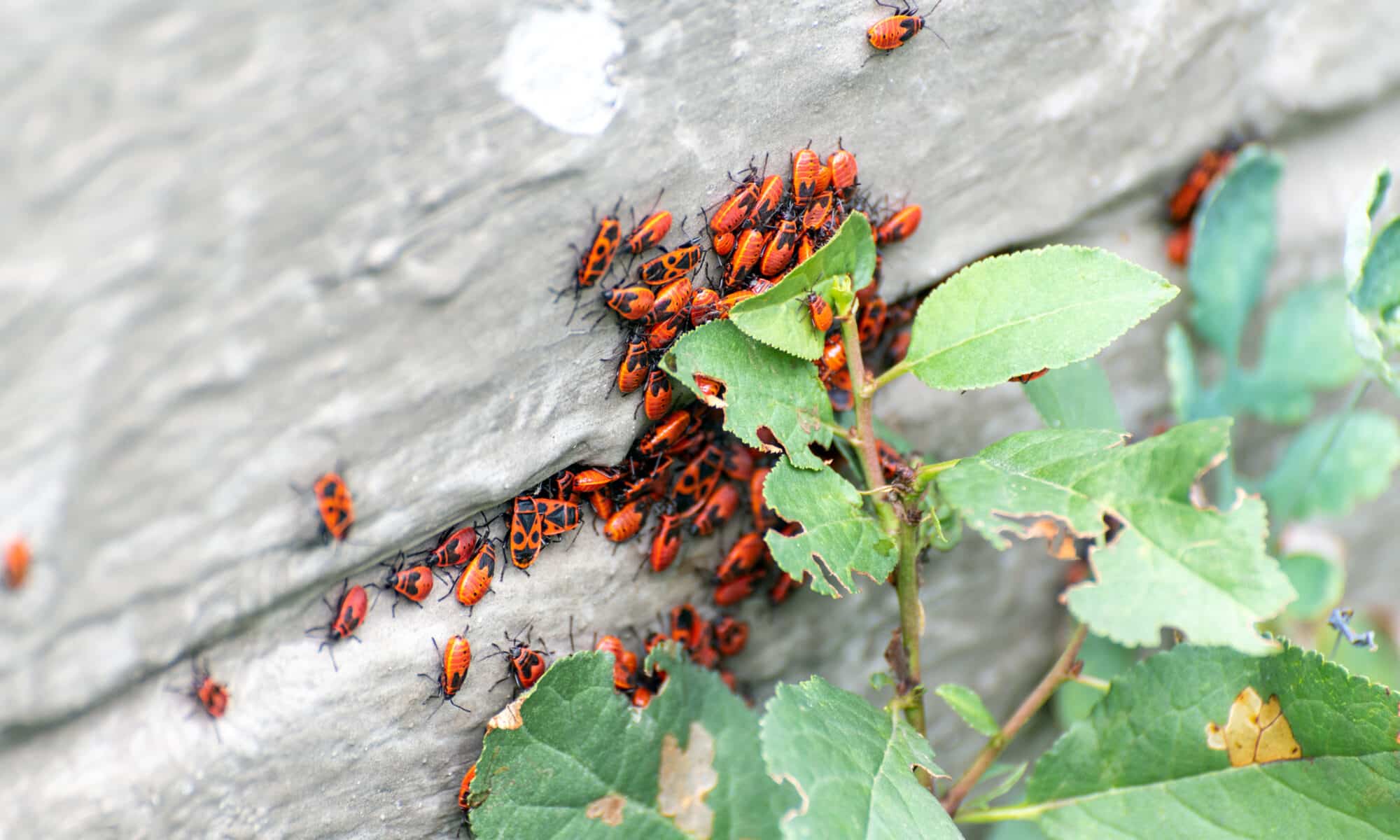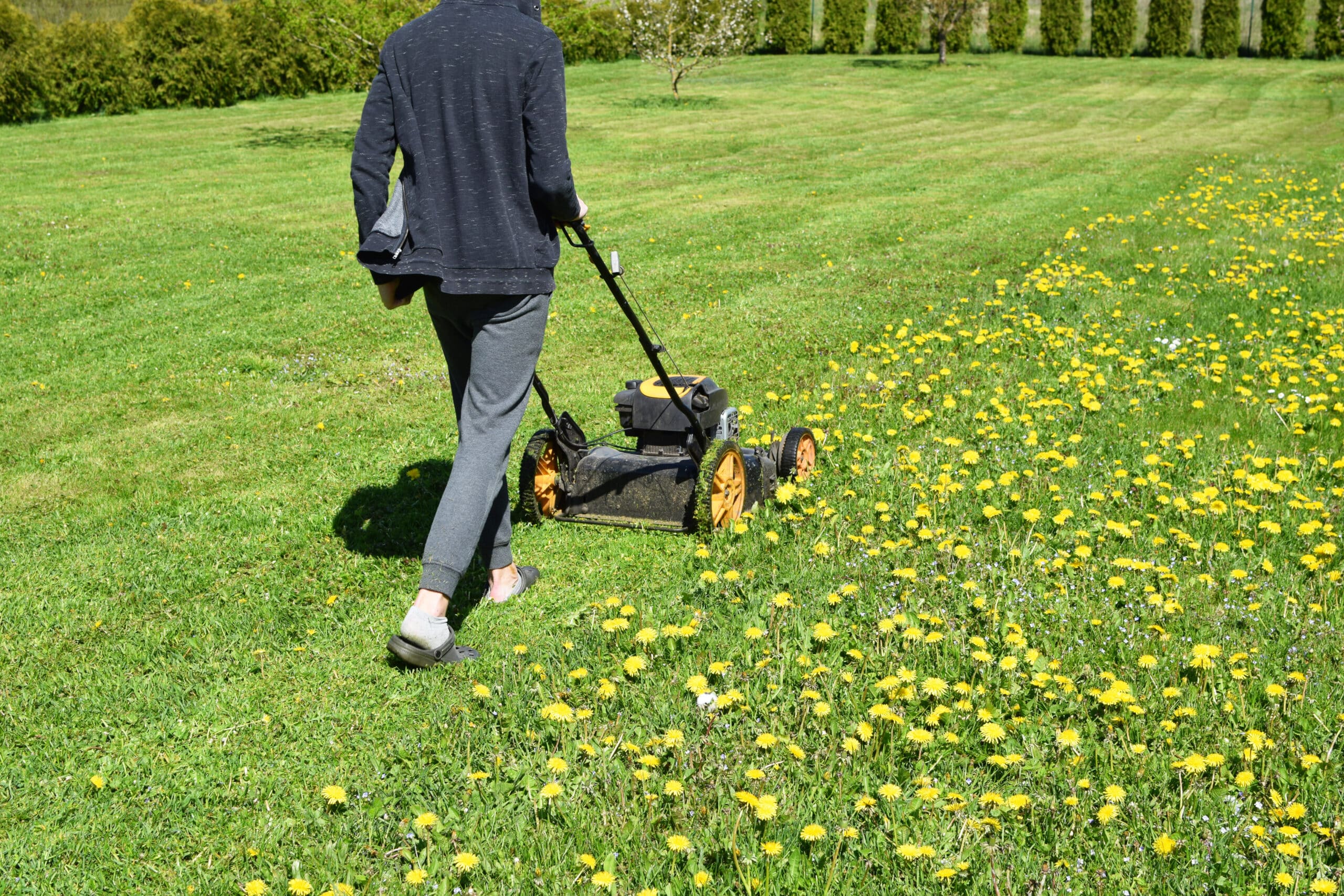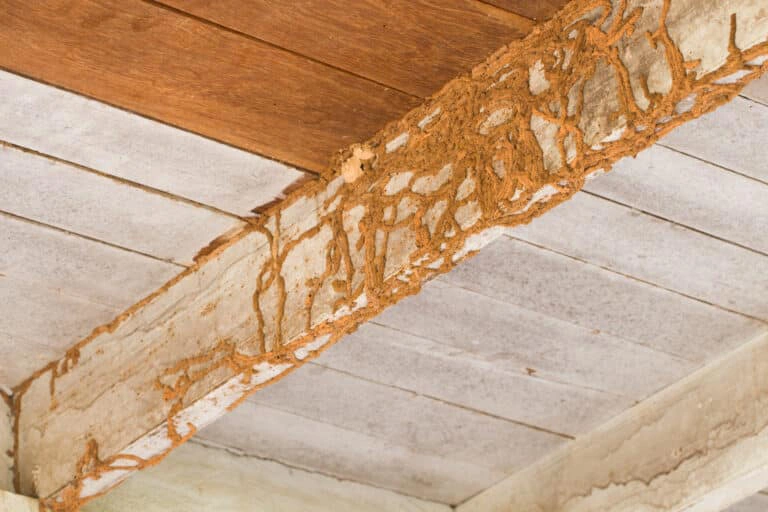
Do you suspect that you have a termite infestation in your house? The best way to be sure is to look for termite tubes around your property. They’re structures that termites build to facilitate transportation above ground.
But what exactly are you looking for? And where can you find these tubes? That’s what we’ll tell you in this article, along with tips and tricks to prevent a termite infestation.
If you suspect another type of infestation, like bed bugs or carpenter ants, contact us today for a thorough professional inspection!
What Are Termite Tubes?
Termite tubes, also called termite mud tunnels, are tiny hollow structures made from wood shavings, pest droppings, soil particles, and termite saliva. Their main purpose is to provide a safe passage between termite colonies and their food source, thus your house.
Termite mud tubes are most commonly associated with subterranean termites, a type of pests that live in underground caste colonies and feed heavily on wood structures. The unique composition of these tubes renders them a safe haven, as they prevent the entry of dry air and preserve the moisture inside.
Where Can You Find Termite Tubes?
Termite mud tubes can be either visible or hidden. If you’re lucky, they’ll be visible along your house’s exterior walls or foundation, and you’ll find them easily.
If your luck is taking a day off, they’ll be hidden inside cracks in your walls, behind your baseboards, or inside your foundation. In this case, you’ll need a professional pest control inspection to find them before they inflict severe damage on your house.
Types of Termite Tubes
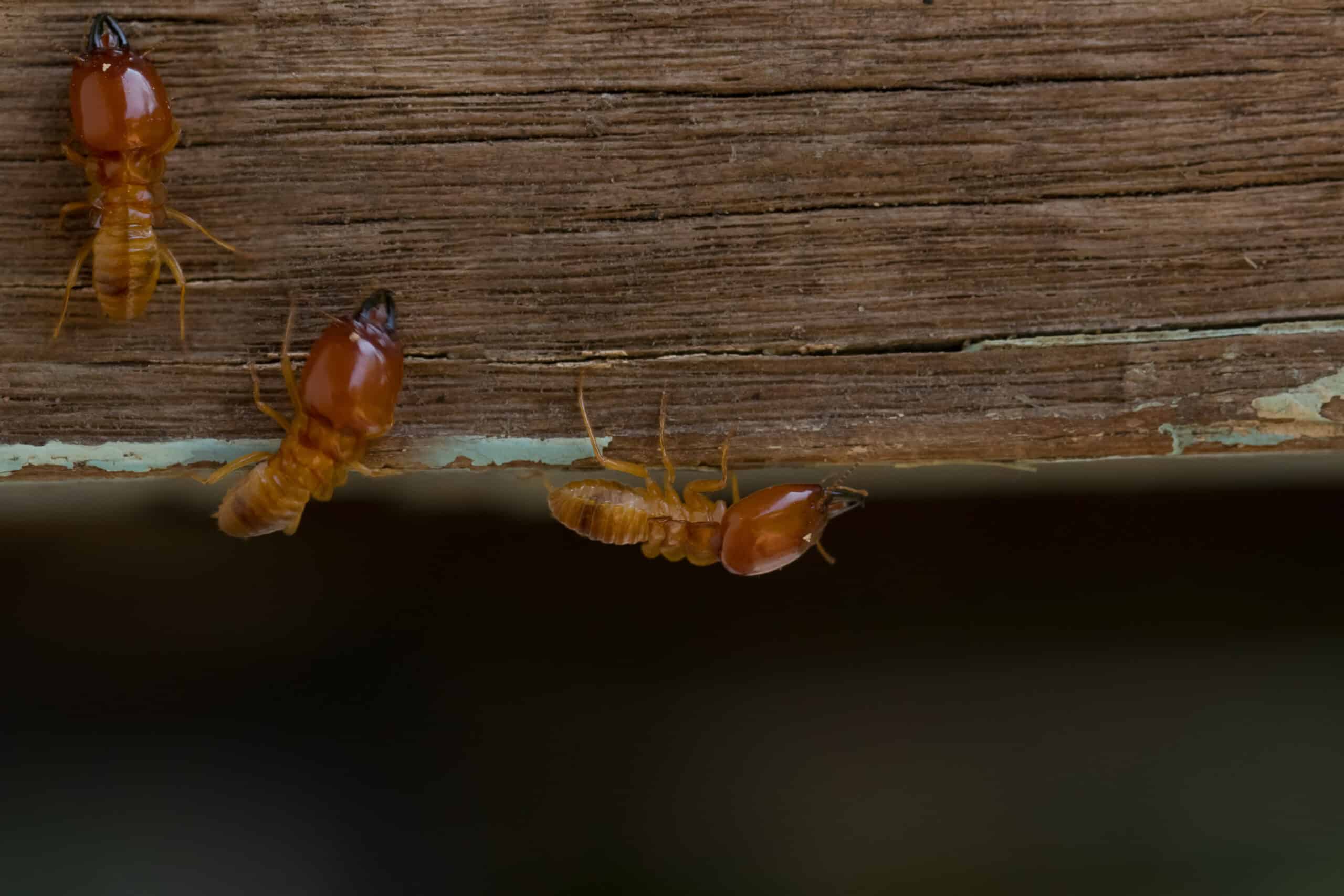
Subterranean termites build four types of tubes: swarm, working, drop, and exploratory tubes. Each one of them has a unique appearance and serves a specific purpose. Here’s a detailed rundown of them:
Swarm Tubes
Swarm tubes, also known as swarm castles, are large tunnels constructed by termite workers to accommodate swarmers that are leaving to start new colonies.
Swarmers move frantically, and when they all leave at once, they can cause chaos. To prevent this and keep the tiny creatures safe during their passage, workers build 4-foot-wide tubes and direct the swarmers into them.
These tubes are meant for a temporary purpose, so they aren’t exceedingly strong. Also, they’re less common in houses than the other types.
Working Tubes
Working tubes are the most important type termites use, as they’re the main path between the colony and the food source. They’re not as large as swarm tubes, often stopping at one inch in diameter, but they last a lot longer because of the purpose they serve.
These tubes, also known as utility tubes, are most commonly found inside wood structures, like window frames and wooden decks. They’re long enough to connect two far points, and thousands of termites travel inside them daily.
Working tubes are challenging to find because they’re often hidden, so your best chance to find them is to hire a professional pest control service.
Drop Tubes
Drop tubes have a unique appearance that you can identify immediately, as they look like stalagmites hanging down from a wood structure toward the ground.
Their main purpose is to connect the ground to other tube types, whether swarm, working, or exploratory. This way, termite workers have quick and easy access to the food source without traveling an entire working tube.
These tubes aren’t highly durable, and they’re lighter in color than the other tubes because their main building material is wood. They’re also more visible and easier to identify.
Exploratory Tubes
Unlike all the other types, exploratory tubes don’t connect a food source to a wooden structure. Instead, termites use them to explore new areas and look for reliable food sources, so they take place inside the soil and end abruptly.
However, the bad news is if you spot an exploratory termite mud tube, it’ll most probably be empty. Termites don’t use these tubes for long, and finding them empty means that the tiny pests found a food source inside your house and have already taken residence inside.
Exploratory mud tubes are often a few feet long, and they rise above the soil where you can easily spot them. In this case, you should immediately contact professional pest management services to remove the infestation before significant structural damage happens.
How to Prevent a Termite Infestation
According to the EPA, there are a few tips you can follow to lessen the chance of a termite infestation. Here’s a quick list of the most important ones:
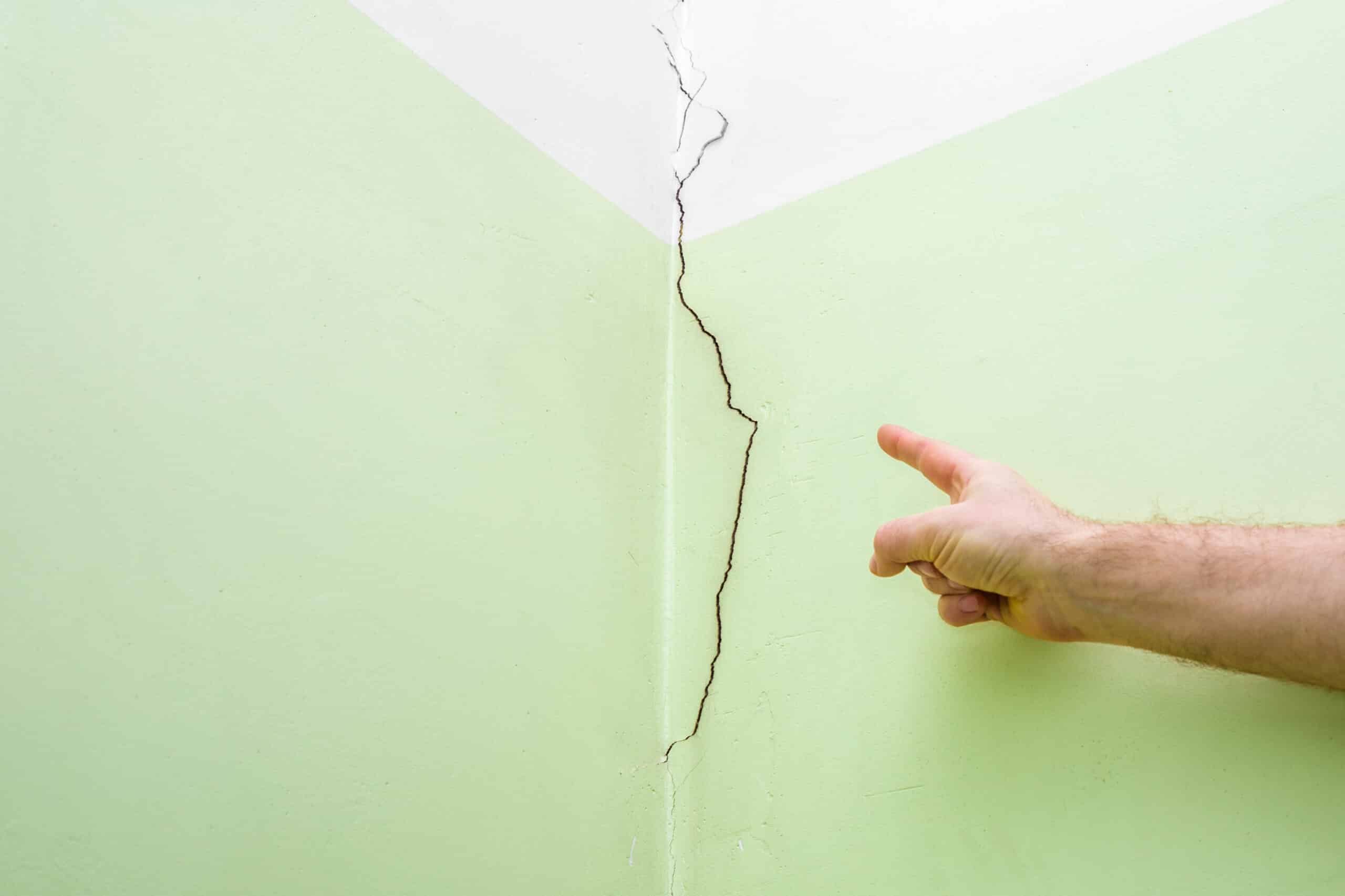
- Fill cracks and crevices in your foundation regularly because termites like to hide there
- Fix any water leak you have right away because termites love moisture and thrive in wet environments
- Inspect for termite tubes and colonies regularly to catch any infestation early
- Avoid planting trees or shrubs right next to any wooden structure around your house
- Avoid piling firewood or wood shavings around your property
Frequently Asked Questions
How Do I Know Whether the Termite Tube I Found Is Active?
Make a small crack in the tube using a sharp object, then wait for a few days and check it. If the crack is still there, the tube is inactive and empty, but if it’s resealed, there’s termite activity inside.
Should I Destroy a Termite Tube If I See It?
No, you shouldn’t. Destroying a termite mud tunnel will cause the termites inside to build another one in a more hidden place, making it challenging to find it. Also, professional pest services need to see these tubes to determine their types and whether they’re old or new. The best action to take once you see one is to get expert help.
To Wrap Up
Termite tubes are hollow structures that termites build to transport from one place to another smoothly. They come in four types: swarm, working, drop, and exploratory, all of which you can identify if you look closely.
Normally, finding a termite tube around your house entails that there’s an active infestation nearby, in which case you’ll need a professional termite inspection to find it.
If you want to learn more information about pest control, check out our website!

